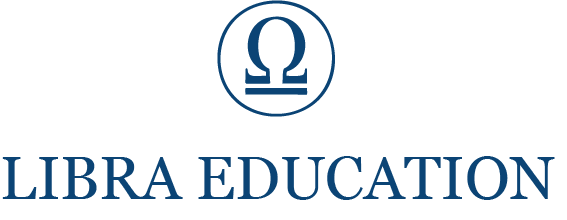Resource of the Week - Poetry Analysis Map
Our resource this week is for improving your ability to analyse poetry effectively. You can download our poetry analysis map by visiting our English resources section on our website or by clicking here.
First, a word of warning regarding terminology when analysing poetry: The writer or author should be referred to as the “poet”. This is separate from the narrator in the poem - known as the “speaker“.
This resource is a series of steps to follow to support students in analysing and annotating any poem. This is excellent preparation for tackling the AQA Poetry anthology or preparing for the AQA unseen poem element. The resource itself is quite explanatory, however, below is our explanation for the key poetic terms used in this resource:
Connotation
“Connotation” is the noun; “connotes“ is the verb. Connotations are any ideas or feelings that evoked by a word. E.g the noun “red“ can evoke love, romance, blood, violence, passion etc.
Tone
The emotion or inflection in the speaker’s narration of the poem. E.g. “The speaker’s tone is one of arrogance and contempt towards his family. This later changes to remorse and compassion regarding the younger relatives.”
Mood
The emotional impact of the speaker’s tone, whether in general or on the reader. This could be very similar to the tone: e.g. “The speaker’s jolly and humourous tone creates a joyous mood.” However, this is not always the case and will vary according to the reader’s interpretation: e.g “The speaker’s careless and mocking tone creates an uncomfortable and uncertain mood.”
Narrative Voice
Narrative voice refers to the person the speaker is talking in (1st Person “I“, 2nd Person “You“, 3rd Person “He/She“). Each creates a different impact and a single poem could vary between them. Some ideas for the impact this could have are: 1st person -confessional, subjective, introspective. 2nd person - accusatory, subjective, intimate. 3rd person - objective, detached.
Figurative Language
Figurative Language refers to language that is used as a figure of speech i.e. “not literal“ language. This involves classic language techniques such as similes, personification, metaphors etc.
Sensory Language
Sensory Language refers to any language that uses one of the five senses (taste/touch/smell/sight/hearing) to describe. This includes simple verbs as “talk” or “listen“ but can also be more subtle such as “the leaves crackled underfoot.” or “The sunlight shone through the trees.” Often, there will be one sense that is used more than the others - usually for a relevant reason. Touch and sight are often considered the most active or visceral of the senses.
Colour Imagery
Colours carry connotations with them that influence our reading of the poem. Colour imagery will evoke an image alongside the colour for additional impact. Consider the difference in impact between: “She had red nails and green eyes“ and “She had blood-red nails and emerald green eyes“.
Sounds
Onomatopoeia being words that are sounds such as “bang“, “crash“ however can be much more subtle such as “crackle“ or “sizzle“ (there is some overlap between onomatopoiea and sensory language for sound.) Assonance is repeated vowel sounds such as the repeated “O“ in “Go slow over the road“ wherease consonance is repeated consonant sounds such as the repeated “mp“ in “lumpy bumpy road“.
Emphasis
Alliteration, repetition and semantic fields are used to draw attention to key themes, ideas or motifs in the poem by repeating key phrases that the poet wants readers to engage with.
Rhyme/Rhythm
The key element I ask student’s to identify regarding rhyme and rhythm in a poem is its regularity or irregularity. This will frequently relate to the subject matter of the poem. Some catch-all descriptors for rhyme and rhythm analysis would be: if regular, a sense of control, balance, inevitability or even imprisonment. If irregular, a sense of chaos or freedom.
We hope that this resource will be used to aid students’ annotation and analysis of poetry as well as develop their essay writing about poetry. From all of us at Libra Education, never stop learning!
